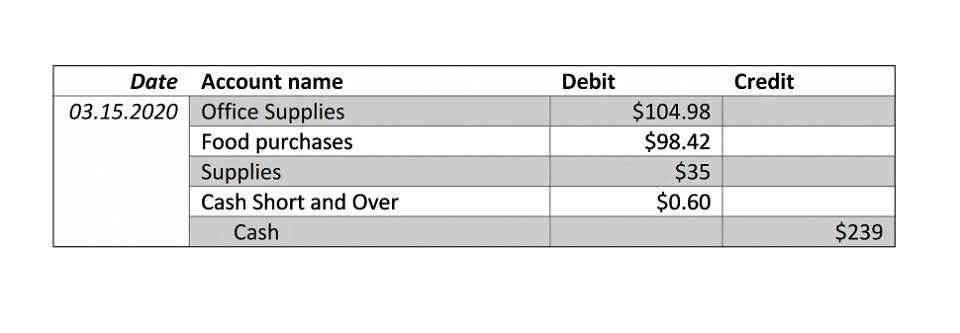
We offer small businesses access to business financing solutions and merchant services. In our experience, when the increase in current NWC is very high, it can indicate an underutilization of resources. Keep Records for Small Business When the net working capital is more in the current period than the previous period, it has increased. Then, all you need is this simple change in working capital formula to apply that information. And before you know it, you’ll have a snapshot of your business’s financial health.
What is Negative Net Working Capital?

A resulting ratio of more than one means that current assets exceed liabilities. The metric known as the current ratio can be useful as well when assessing working capital. Also known as the working capital ratio, it provides a quick view of a company’s financial health. To calculate working capital, subtract current liabilities from current assets.

More About the Current Ratio

Since the growth in operating liabilities is outpacing the growth in operating assets, we’d reasonably expect the change in NWC to be positive. Even though the payment obligation is mandatory, the cash remains in the company’s possession for the time being, which increases its liquidity. Finally, you subtract any other financial obligations considered liabilities, such as employee wages, interest payments, and short-term loans that will come due within the next year. In our example, if these expenses amount to change in working capital formula $1.075 million, subtract this from the $1.48 million, resulting in a net working capital of $405,000. Investors can also see the usefulness of NWC in calculating the free cash flow to firm and free cash flow to equity.

Analysis
If a company has enough working capital, it can usually run smoothly, keep its suppliers and customers happy, and grow. But if it doesn’t have enough, it can face financial troubles and might struggle to stay in business. Working capital is an important indicator of a company’s liquidity and financial health. It’s essential for business owners to know how to calculate and interpret this metric. We can see in the chart below that Coca-Cola’s working capital, as defined by the current ratio, increased over the years. The higher the ratio, the greater a company’s short-term liquidity and its ability to pay its short-term liabilities and debt commitments.
- To drive the point home, I will include the quote from Jae Jun because I think it bears repeating and remains critical to understanding its impact on our business.
- Ultimately, changes in net working capital impact a company’s cash flow and financial health, highlighting the importance of monitoring these fluctuations for effective financial management.
- A company with a negative net WC that has continual improvement year over year could be viewed as a more stable business than one with a positive net WC and a downward trend year over year.
- But a very high current ratio means there is a large amount of available current assets.
- The better the categorizing, the more reliable the ability of a company to meet its short-term financial commitments and the view of its overall health.
- When this happens, it may be easier to calculate accounts receivables, inventory, and accounts payables by analyzing the past trend and estimating a future value.
- The NWC metric is often calculated to determine the effect that a company’s operations had on its free cash flow (FCF).
- It’s vital because it helps them pay their bills, buy things they need to sell and handle unexpected situations.
- You calculate working capital by subtracting current liabilities from current assets, providing insight into a company’s ability to meet its short-term obligations and fund ongoing operations.
- Alternatively, bigger retail companies interacting with numerous customers daily, can generate short-term funds quickly and often need lower working capital.
- The traditional textbook definition of “working capital” refers to a company’s current assets minus its current liabilities.
- Current assets are resources a company expects to convert into cash in a year.
This means that on any given year where additional working capital is required to maintain the business, it should be included in CapEx. Otherwise, the rest of working capital should be excluded from owner earnings. Without showing you the numbers first, my initial guess is that because Microsoft is mainly a software business, their normal balance change in working capital should be positive.



